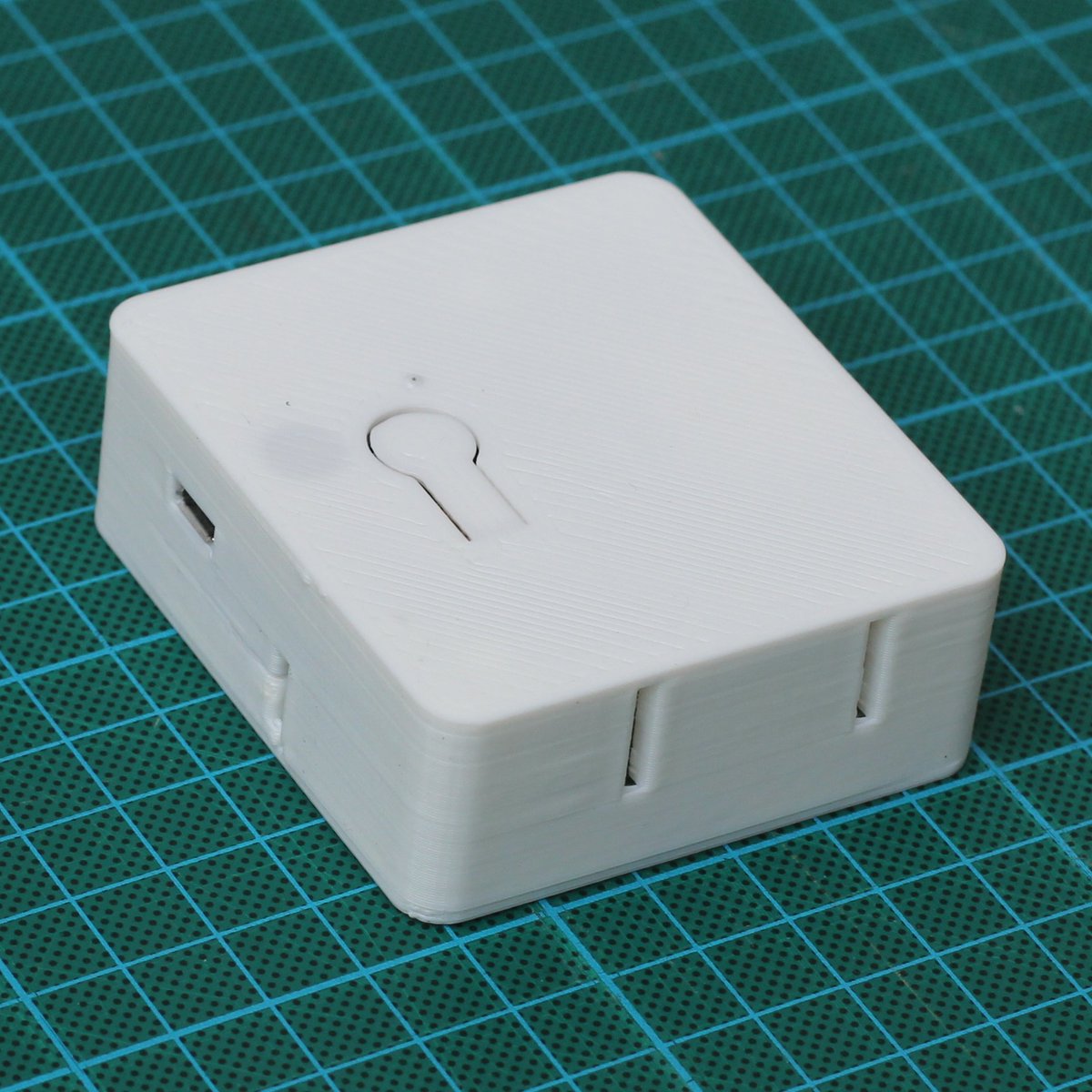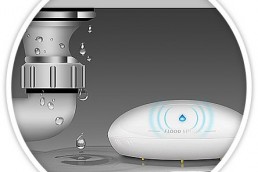In June 2016 I backed a project on Indiegogo, for a air quality monitor. The small device will monitor the amount of CO2.
In the time during backing the project and final delivery in September the project is extended with possibility to order extra sensors, like temperature, humidity, and what I’ve remembered, also a dust sensor and also an RF piece of hardware. I just want to have the basic CO2 sensor with wifi, where the CO2 sensor had an upgrade to a more sensitive one with better range. The first sensor had a range of 400-2000 ppm. The final sensor has a range of 400-5000 ppm.
Specification of the device:
- Connectivity: Wifi (using EPS8266 module)
- Indication: RGB LED used to display device status
- Sensor Type: NDIR (Dual Beam)
- Range: 400-
20005000 ppm - Resolution: 10 ppm
- Accuracy: +/- (40ppm +2%) readings
- Response time T90: 30s
- Repeatability: <2%
- Sampling Method: Diffusion
- Working temperature: 0 – 50 degrees Celsius
- Lifespan: >10 years
- Power: Micro USB
- 3-D printed housing
- Measurements: 70x70x25 mm.
Final product photo:

Configuration of the device will be done via usb cable and a Chrome extension plugin. Setup of wifi connection is just filling in the SSID name and password of your wifi network and the second step is to deliver the ppm value to a destination. Thingspeak is compatible, but you can easily add a http command. For my Home Automation setup, I’ll use the API of Homeseer, via the following command:
http://<Homeseer-IP>/HomeSeer_REST_API.aspx?function=setdevicevaluebyid¶m1=<Homeseer-device-id>¶m2=%CO2%
Where %CO2% will be the variable which is currently monitored by this device.
The standard update interval is set to 120 seconds, which don’t need to be changed. Now you can disconnect the device from the pc and powered it directly from an micro usb adapter.
The device will send the ppm value every 120 seconds the ppm value to Homeseer and update the virtual device that has to be created for this:
![]()
Based on the value, which is here with 2 extra zeros displayed (I don’t know why), the real value for this example = 1120.00 ppm which is sent by the device.
At every value change of this virtual device in Homeseer, the value (divided by 100, because of the unneccesary extra 2 zeros) will be written to a MySQL table.
Finally with Highcharts, you’ll get a nice chart like this:

According several documents the values representative the following healty conditons:
- 400 – 1,000 ppm: Good air quality
- 1,000 – 2,000 ppm: Medium
- 2,000 – 3,000 ppm: Bad
- > 3,000 ppm: Very bad
Related Posts
June 11, 2016
Mailbox sensor
June 4, 2016
Fibaro Flood sensor
October 2, 2015



this product is good . if peoples want the this kind of product please visit this site http://humatech.co.kr/bbs/content.php?co_id=e_cont_0201 . this is also used for each and every place .
I had a defect sensor, which is replaced last week. The new sensor is working perfect. I didn’t got any reading above 900 ppm yet. I’m very satisfied now.
5000 is no exception in my measurements, but it exceeds normals behaviour according the values that stands for healty environments. I should be dead now I guess. The sensor is now installed in my livingroom, without proper ventilation possibilities (in 1 window only ‘dauerlüftung”.), so only without breating people, the values are dropping slowly towards 400 ppm.
At the moment with my backdoor open for hours, no heating and just 1 person in the room, the value is 2800 ppm. on the Vair monitor forum there is already a thread created by me, about this high values.
I’ll install the sensor in the masted bedroom, where we have more ventilation all day and we’ll see whats happening with the ppm values..
Did you really measure 5k or was this some testing?
Mine never exceeded 1500. Unfortunately every now and then the device loses its connection or stops sending updates.